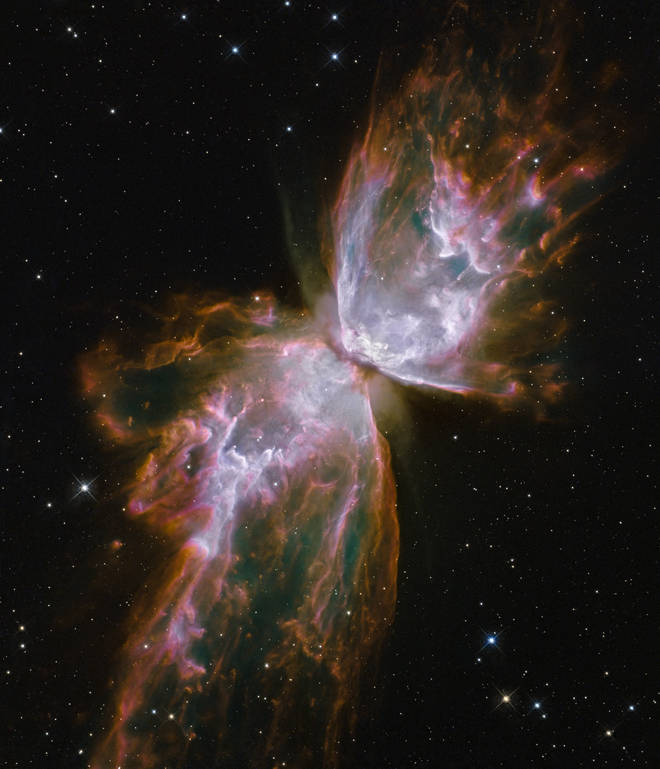A cinematic burst of colour and sound from the depths of outer space…
Space is a largely silent place. Once you leave the Earth’s atmosphere, you’re plunged into a vacuum of immeasurable vastness, where a complete lack of molecules mean that the minute reverberations that cause audible sound simply cannot happen.
But what if we could turn photographic data into music?
This is exactly what a project by NASA, titled ‘A Universe of Sound’, aims to undertake. Using data captured by three of its telescopes, the striking and awe-inspiring images of our galaxy are brought to life in a star-strewn symphony.
The brilliant minds at the USA’s space agency have taken a breathtaking image of the Butterfly Nebula, captured by the Hubble Space Telescope, and transformed it into a lush soundscape that sounds like something straight out of a dream.
As a wave scans across the image, it translates what it sees into sound. Sonic pitch is mapped onto the image from top to bottom – the higher the light, the higher the pitch, and vice versa. Distant stars are plucked out on a digital harp, with brighter stars resulting in a louder sound, whilst the gassy ‘wings’ of the nebula are represented by strings and cinematic synthesisers.
The cacophony begins with a rapid plucking as billions of stars are scanned, before the sweeping synthesisers creep in. The starry soundscape builds in a glorious crescendo as it reaches the bright star at the centre of the nebula, before fading away as the gas disperses into space.
The Butterfly Nebula is created by a dying star, which still remains at the centre of the mass, with a dual-winged structure which earned it the nickname, ‘Butterfly’.
Although it looks rather delicate – cute, almost – in the telescope-captured images we can see, its actual size is almost impossible to comprehend. From tip to tip, its wingspan has a breadth of over three light-years, has a temperature of around 20,000 degrees Celsius, and travels through space at over 600,000 miles per hour.


